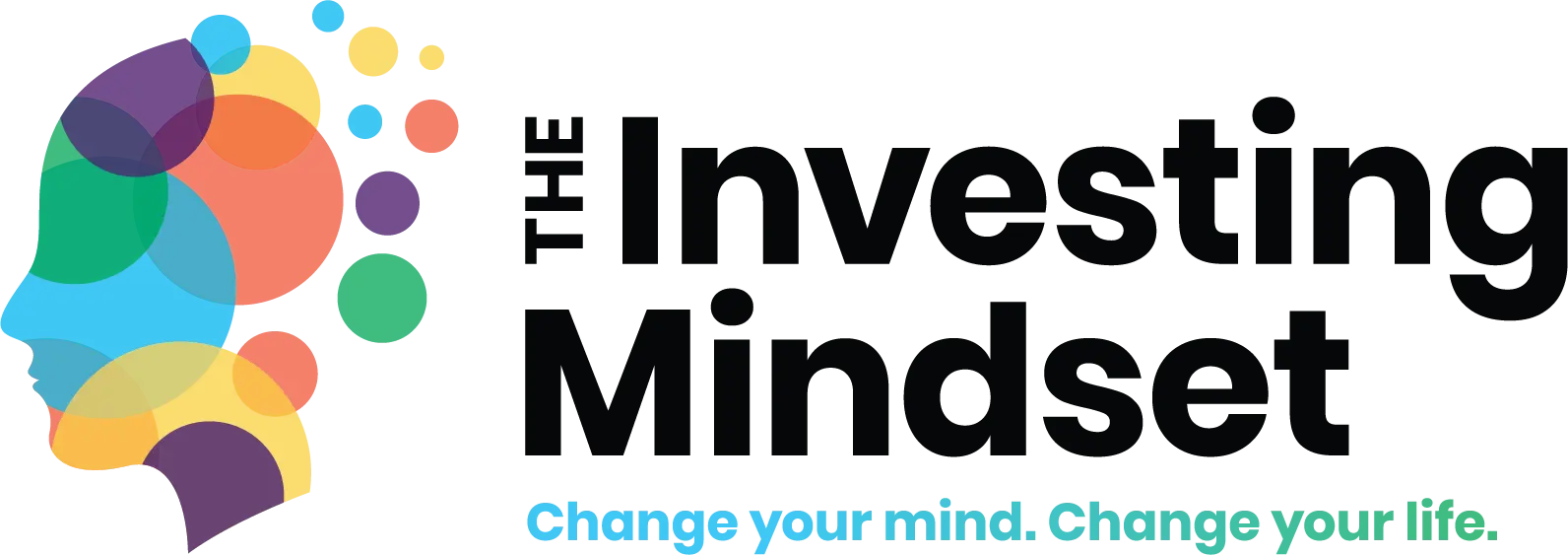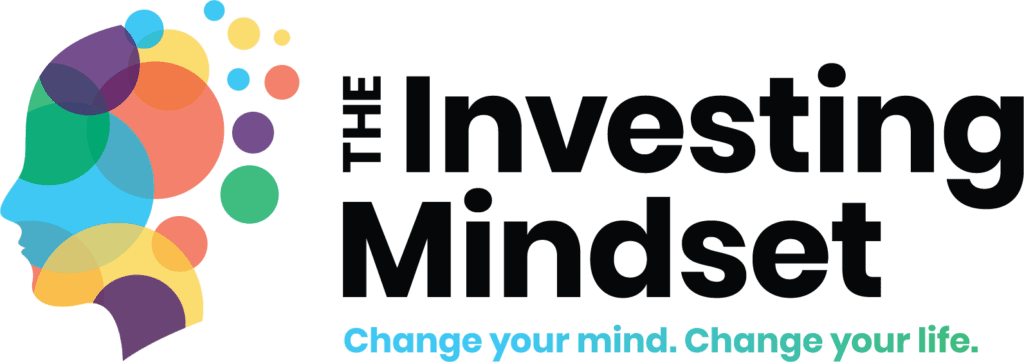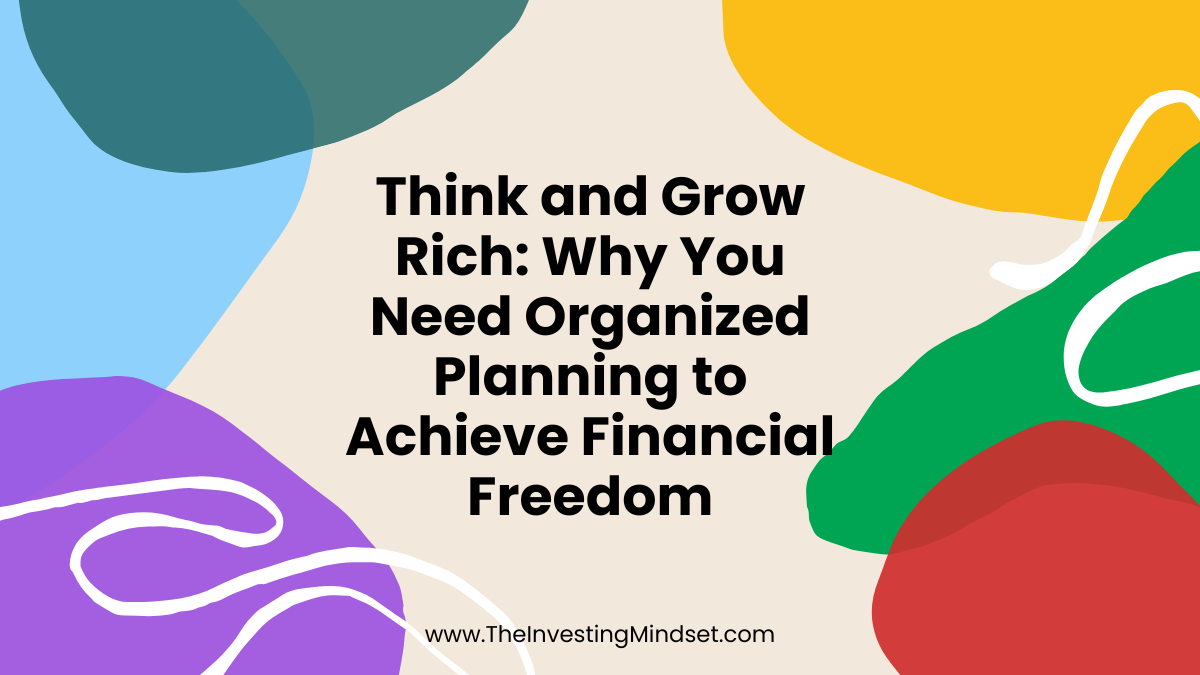Organized planning is the key to turning your dream of financial independence into reality. In Think and Grow Rich, Napoleon Hill identifies it as the sixth step toward wealth, and for good reason.
Why Organized Planning Matters
Organized planning transforms your desire for financial freedom into clear, actionable steps. Hill emphasizes two powerful principles:
- Develop a solid, well-thought-out plan
- Build a mastermind group — a team with diverse skills, experiences, and insights to support you
These principles have helped create personal fortunes and shape entire industries
The Power of Mastermind Groups: Lessons from Edison and Ford
Thomas Edison: From Trial to Triumph
Edison didn’t invent in isolation. At Menlo Park, he created an “invention factory” where a structured and collaborative team helped test over 6,000 materials before perfecting the electric light bulb.
He had powerful allies, such as J.P. Morgan, and surrounded himself with fellow innovators like Henry Ford, forming a group known as The Vagabonds.
Henry Ford: From Vision to Vehicle
Ford revolutionized manufacturing not by producing better cars, but by implementing better processes. His assembly line reduced production time from 12 hours to just 2 hours. Henry Ford improved the automobile manufacturing process through organized planning and a sharp, multidisciplinary team, including James Couzens and Charles Sorensen.
Together, Ford, Edison, and others transformed casual camping trips into strategy sessions that reshaped American industry.
Lessons From My Journey
My First Business Failure
After medical school, I launched a photocopying and typing venture. It failed because I had no plan, no mentors, and no support network. I worked in isolation, and the business collapsed.
Real Estate Missteps and Recovery
Later, I purchased a townhouse in suburban London without a strategy. I didn’t seek mentorship, and the property became a financial burden. It nearly bankrupted me.
But I didn’t give up.
I took real estate courses, joined a mastermind group, and learned from successful investors, including a physician who owned 10 properties. We began meeting monthly, and those sessions completely transformed my investment mindset.
Organized Planning in Business
After bouncing back, I launched a health tourism venture in London with a clear, research-driven plan:
- Market research: I studied industry reports
- Networking: I joined the Independent Doctors Federation
- Mentorship: I worked with seasoned specialists in private healthcare
This time, I succeeded—until I chose to move to Canada.
3 Pillars of Business Planning
Customer Acquisition Strategy
A customer acquisition strategy is your blueprint for attracting and keeping clients. Ask:
- Who is your ideal customer?
- Where can you find them?
- What message will attract them?
- What channels will you use—social media, email, word-of-mouth?
- What does it cost to acquire a new customer?
Without this clarity, even the best business idea can fail.
Operational Planning
Operational planning covers your day-to-day execution:
- Processes – How your service is delivered
- Resources – Tools and equipment needed
- Staffing – Who does what, and when
- Systems – Software to track performance
- Contingency Plans – How you’ll handle setbacks
Operational planning keeps the engine running. Without it, chaos creeps in.
Team Building
You can’t do it alone. Ask:
- What skills do I lack?
- Which roles do I need: admin, marketing, finance, technical?
- Do I need staff, freelancers, or strategic partners?
Build a culture of trust and shared purpose. You’re not just sharing the work—you’re multiplying your capacity.
Temporary Defeat Is Not Failure
Napoleon Hill reminds us that temporary defeat is not permanent failure. Often, it’s just a signal that your plan needs adjustment.
Edison failed over 10,000 times, but every failure offered feedback. He didn’t see failure. He saw refinement.
Apply It to Your Life: A Debt Payoff Example
Let’s say you owe $25,000 in credit card debt. Overwhelming, right?
Here’s how organized planning can help:
Step-by-Step Plan
Define Your Goal
“I want to pay off $25,000 in 24 months.”
Take Inventory
Know your income, expenses, and available funds.
Create a Repayment Strategy
Use the snowball (smallest balance first) or avalanche (highest interest first) method.
Use Tools
Try apps like YNAB, Mint, or Undebt.it to track progress.
Get Support
Join a financial accountability group or mastermind.
Celebrate Small Wins
Every milestone matters—track and reward your progress.
Real-Life Comeback: From Tax Debt to Freedom
A few years ago, I faced massive tax debt due to poor self-employment planning. I didn’t set aside enough for taxes, and the total ballooned quickly.
What turned things around?
I consulted my accountant and gained clarity.
I reflected on past wins and reclaimed my confidence.
I didn’t take it personally. Instead of feeling ashamed, I took action.
I partnered with a financial advisor who helped me:
- Prioritize high-interest debt
- Automate payments
- Negotiate with the tax office
- Plan future taxes wisely
Within two years, I was debt-free—and wiser for it.
Final Thoughts: Turn Dreams into Results
Organized planning gives your goals structure, clarity, and momentum. Whether you’re launching a business, paying off debt, or pursuing financial independence, planning is the bridge between dreaming and doing.
Want financial freedom?
Don’t leave it to chance.
Plan like Edison. Execute like Ford. Build your support network.
Want more articles like this?
Subscribe to The Investing Mindset for practical tools, success stories, and inspiration for your financial journey.


